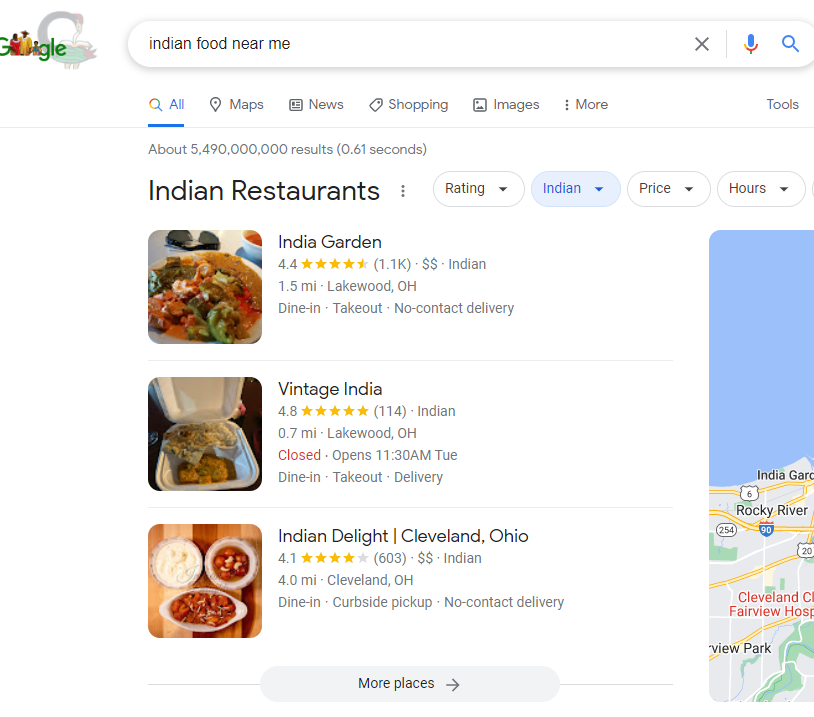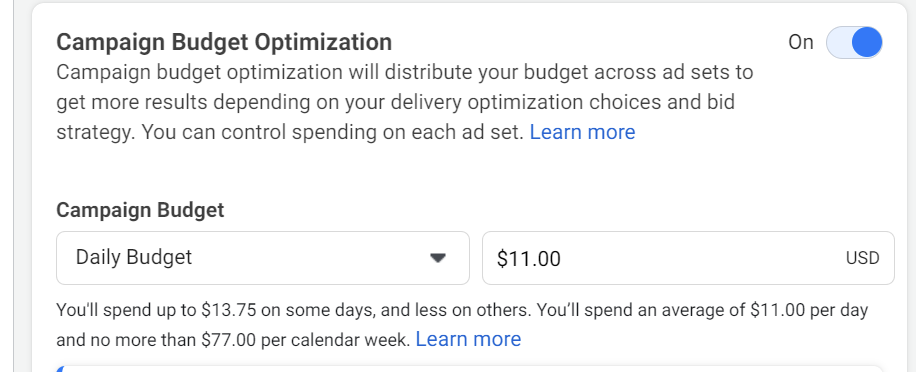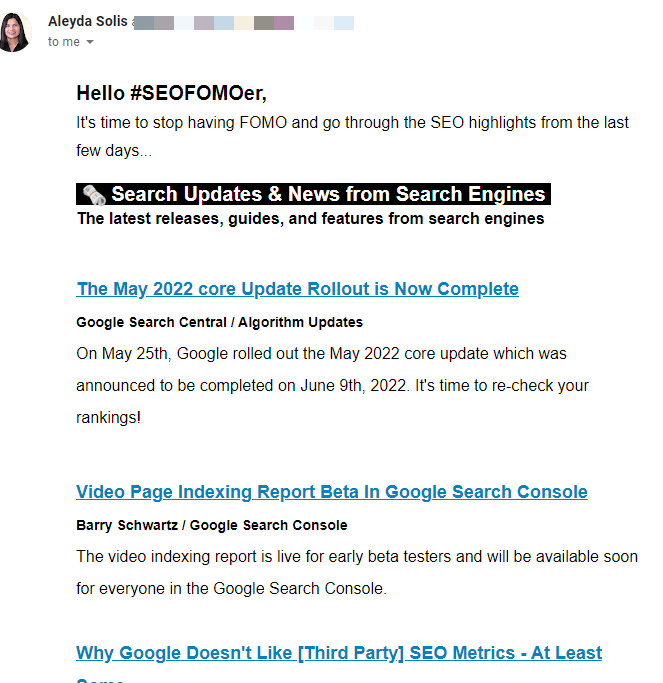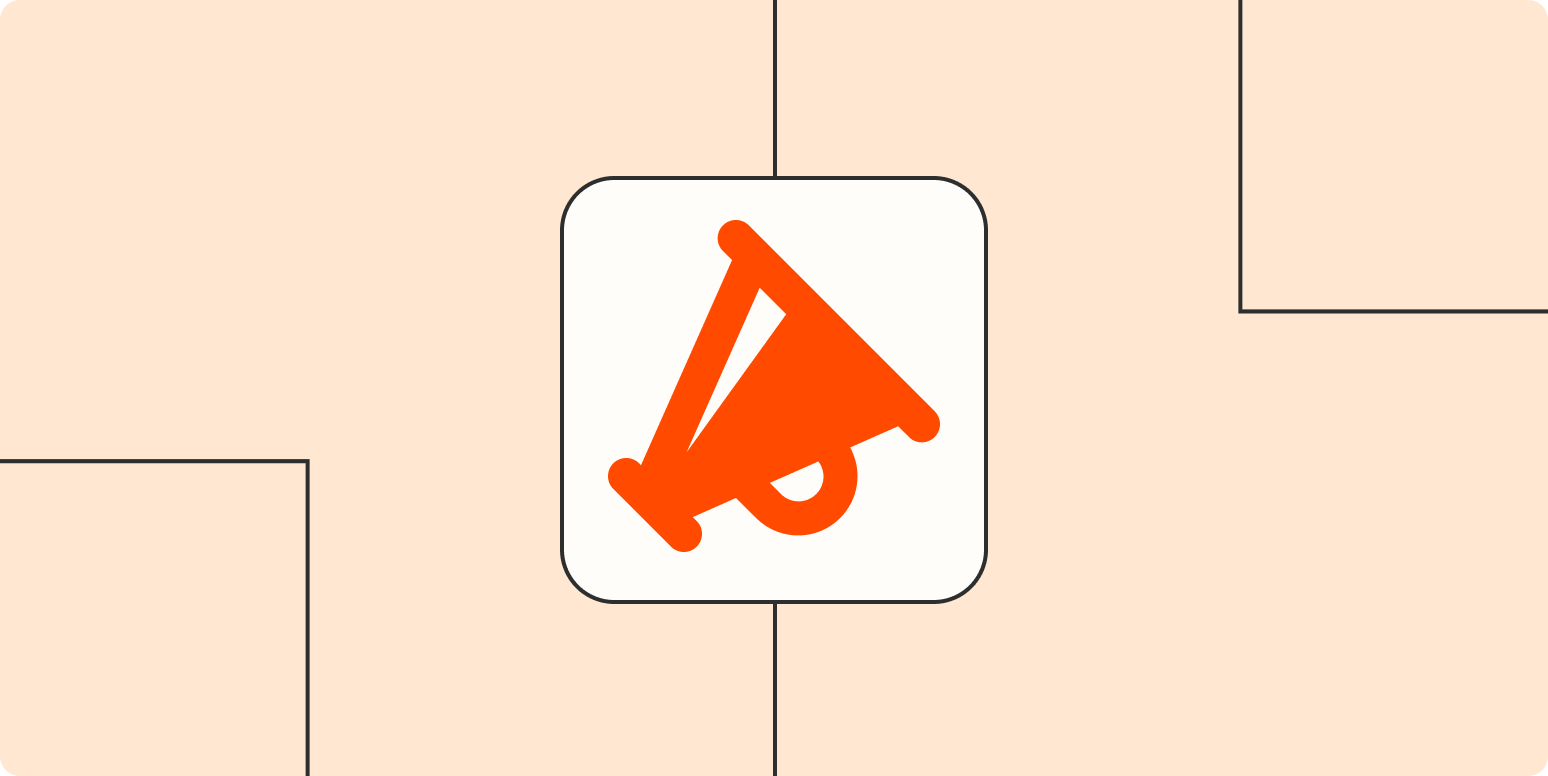I spent years working with small restaurants and local businesses to help them grow—and, honestly, very few of them needed a huge advertising budget to drive business. Sure, you could invest thousands in paid ads, hire a top-tier advertising agency, and work with influencers to promote your brand. But you don’t have to: there are plenty of free or low-cost advertising options that will attract website traffic and in-person visits.
Technically, advertising refers to paid marketing—think newspaper or Google Ads. But other marketing strategies—the ones you don’t have to pay for—can be just as effective. So before dropping 5K on Facebook ads, try these 11 free or low-cost ad ideas for small businesses.
1. Claim Google advertising credits
Google Ads can help you reach your target audience in search results or on other websites through display ads. And you can get super specific with it: for example, you could target people who live within 10 miles of your store or folks who search for the items you sell.
How SMBs can run ad campaigns like the Fortune 500
The problem, of course, is money. Paid ads can cost quite a bit—and while they usually have a solid return on investment (ROI), it’s often too much for a small business to put down up front.
One solution: Google offers free ad credits to new Google Ads users. Right now, they’re offering $500 in free ad credits when you spend $500. Many hosting companies will also offer a few hundred dollars in free Google Ads credits. Use these credits to test advertising strategies and see if the ROI makes sense for your business.
Tip: Instead of starting your Google Ads strategy from scratch, see what works for other brands, and steal their strategies.
2. Claim and optimize your Google My Business account
Google My Business (GMB) is a completely free tool that lets you manage how your business appears in Google Search results. Imagine how much you’d have to pay for a Google Search ad on “Indian food” targeted to your local area—you can do it for free by optimizing your GMB account.

There’s a lot you can do with GMB, but these are the basics:
-
Fill out all available information, including address, name, phone number, business category, and website.
-
Use key terms people are likely searching for in your description.
-
Include images and videos of the inside and outside of your business.
-
Respond professionally to customer reviews.
Here are more tips for how to optimize your Google My Business account.
3. Use micro-audiences to stretch your Instagram ad budget
Yes, spending money on social media ads will help you reach a wider audience, but you don’t need to spend hundreds of dollars for each campaign. Instagram offers incredibly specific options to help you target micro-audiences.
Here are some ideas for targeting smaller audiences:
-
Custom audiences: Upload your email list, and target only those users. This is ideal to promote new products or to offer discounts to customers you haven’t seen in a while.
-
People who are interested in your big competitors: For example, a cake decorator might target people who like Cake Boss or Dairy Queen.
-
A small age range: If your ideal target audience is older or younger, make sure to target only those users.
-
A specific location: If you’re a local business, target folks within a few miles of your store. If you’re an online business, consider an ad campaign targeted to folks in a specific location, so you can still use geographic targeting.
Also make use of the Exclude option, which lets you exclude specific audiences, interests, or locations; and the Campaign Budget Optimization option, which lets the robots make your campaigns more budget-effective.

If you focus your audience to a super-specific niche, you’ll decrease ad spending while only reaching the most relevant users. Start with a small budget—say $10 a day—and build from there.
4. Apply for business awards
Even taking out an ad in a newspaper will set you back a few hundred dollars, minimum. But there’s a good chance your city or industry has a “best of” awards program. Someone has to win those awards—why not you?
Search online for “Best of [your city]” or “[your industry] awards.” Applying is often free or only a few hundred dollars, and it gives your brand both online and print exposure. In local markets, winners are often invited to give demonstrations live on local news stations. That’s a lot of publicity for not a lot of money.
It’s easy to write this off if you’re not a local business, but there are awards for every type of business—local or not—from AC contractors to business tech and ed tech. There are also cross-industry awards like the Webbys, which recognize online excellence, and the US Search Awards, which recognize the best marketing campaigns.
Use your discretion, and don’t apply to every available award, or it will start to cost some serious cash. Instead, focus on the awards that you think will get you exposure to your target audience.
5. Host classes or events
Hosting classes or events is a great way to get the word out about your business and, depending on how you go about it, pull in some extra revenue. Here are a few examples:
-
A social media management company could host a free webinar about an up-and-coming social media platform, with the goal of educating customers and generating new leads.
-
A bakery could host a cookie decorating class and charge a few bucks for kids and parents. When families visit, a display of expertly decorated cakes might encourage them to order a cake for their next event.
-
A clothing store could host a paint-and-sip event, where users paint and drink wine with friends and then peruse the store after. It’s $25, but if they buy something, the entry fee is used as a credit toward the item.
Start by deciding what your goal is for the class: do you want to increase brand awareness, drive leads, or actually make a profit? If you’re using it for advertising, I suggest keeping the class affordable or free, if possible.
To increase signups, use established platforms like Airbnb Experiences or online learning platforms like Udemy or Skillshare. That way, you have a built-in audience who can discover your brand, product, or services. You can also use the Google Ads and Instagram ads tips above to increase your event signups.
6. Offer a Groupon deal
I have a love-hate relationship with Groupon. I’ve enjoyed using them to try new businesses myself, and I’ve used it to drive foot traffic for clients. But Groupon also brings out the deal-seekers who have no intention of returning to your business. And if you’re not careful with the discount amounts, it can end up costing you money. (Generally, Groupon takes half of your deal, so if you offer yoga classes for $10, Groupon takes $5.)
If you decide to give it a shot, here are a few tips:
-
Set a firm expiration date (120 days is usually good).
-
Make it for first-time customers only.
-
Limit the number of deals to one or two per customer.
-
Limit the total number of Groupon deals. This will vary by business size, but setting it at 25-30 total coupons is usually a good start.
Groupon is ideal for increasing business during slow seasons or building brand awareness—if you’re well established, it might not be worth it.
7. Pitch through HARO
HARO, which stands for Help A Reporter Out, connects journalists and media outlets with expert sources. Those experts can include business owners.
A few times a day, you’ll receive an email with lists of writers looking for sources. For example, a local reporter might be looking for fun summer camps or information on how small businesses are getting ready for the holiday season. You respond to their pitch, and they’ll include your quote or example in their story if it’s a good fit. You might even land a backlink in an online publication.
Here are some tips for how to write a HARO pitch to give you a better chance of getting that free publicity.
8. Send direct mail
Direct mail is alive and well. It’s more personal—and much more likely to be opened than an email.
As with most marketing, sending snail mail will be even more effective if you segment your audience. For example, after moving to a new house, I received a packet welcoming me to the neighborhood and offering me a discount on blinds and new windows. The ad mentioned my new house, so they were likely tracking public records and targeting new homeowners. In the age of personalization, hyper-relevant ads like this can be incredibly effective.
And it’s pretty cost-effective. If you wanted to send out 1,000 postcards through a direct mail platform, you’ll pay around $800, while getting the same number of clicks on a Facebook ad could cost you anywhere from $1,000 to $5,000, depending on your industry’s cost-per-click.
9. Partner with another business
Advertising is expensive, so why not split the costs? By pairing up with another business, you’ll spend less while increasing your reach to a new audience (theirs).
How you structure the partnership will depend on your business, but start by looking for a business with an overlapping audience that isn’t a competitor. Here are a few examples:
-
A family restaurant might partner with a bowling alley to promote birthday bowling parties with catering from the restaurant.
-
A yoga studio could offer discounted prenatal classes for parents-to-be from a local doctor’s office.
-
An HVAC company and an electric company could add each other to a “Trusted partner” page to refer each other for work outside of their scope.
-
A women’s eCommerce clothing company could pair with a kids eCommerce clothing company to create a new line of “Mommy and Me” matching clothes—and share the promotional costs.
Here are more tips on how to use brand partnerships as a growth strategy.
10. Create a newsletter of useful ideas or jobs
Not all advertising has to look like advertising. Rather than just promoting your business, consider leveraging content marketing by creating an industry-specific newsletter where you share useful resources, strategies, or even job openings with your audience.
One of my favorite examples is from Aleyda Solis, an SEO consultant and speaker. Every week or so, she sends out a roundup of industry news that includes trending topics, new updates in the SEO world, as well some resources she loves.

It’s useful to me because I stay up to date on industry news, but it also establishes her as an expert in the field. Depending on your business, you might also share local events or job listings. Once you build an audience with your content marketing, you can then use it as another spot to promote your business.
11. Go to local events
If you’re a local business, consider joining local events, either as a sponsor, volunteer, or board member. For example, I recently took my kids to an event, and a local martial arts school had set up a tent and was giving away free (small) cotton candy for the kids. Laid on the table were brochures and signs about their summer camps and classes. Would I have approached the tent if not for the cotton candy? Probably not. But it worked.
Any kind of local event is fair game: farmers’ markets, movies in the park, holiday parades, food festivals, craft fairs, you name it. Just make sure to offer something your audience will want to draw them in. Free swag and sugar usually do the trick.
Low cost doesn’t necessarily mean low returns
It would be nice to have a million-dollar advertising budget, but scrappiness is a virtue, right? And don’t forget: in addition to all the ideas on this list, there’s always SEO.
[adsanity_group align=’alignnone’ num_ads=1 num_columns=1 group_ids=’15192′]
Need Any Technology Assistance? Call Pursho @ 0731-6725516




